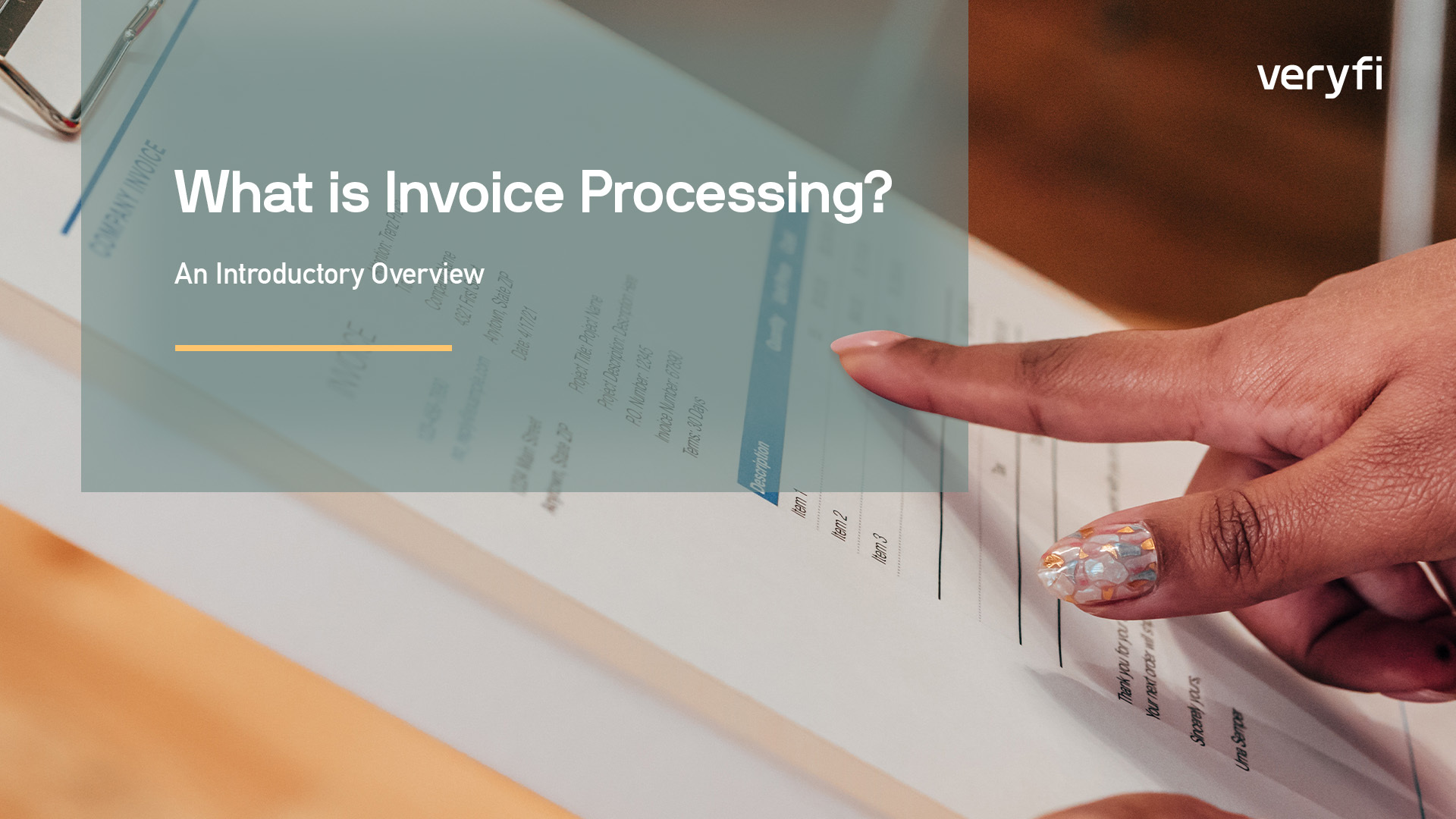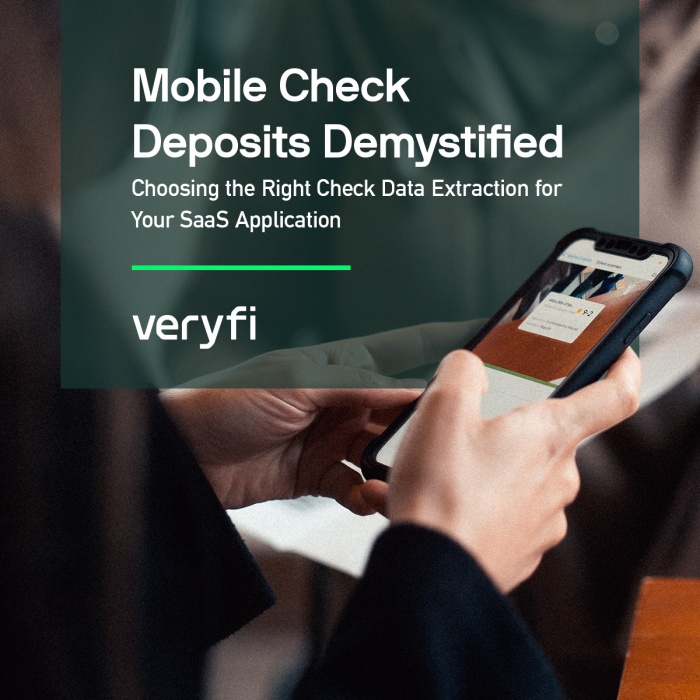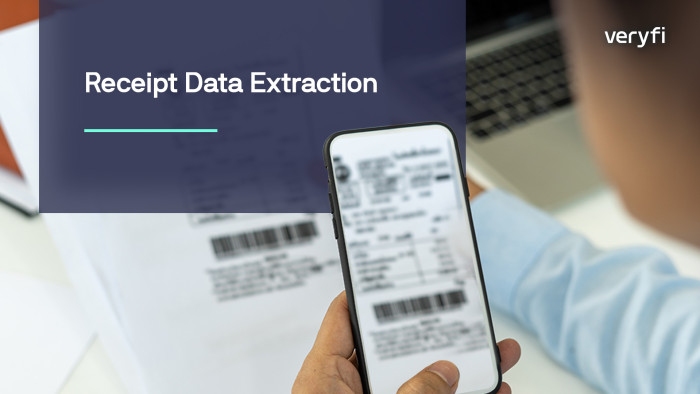An Introductory Overview
Invoices help us keep our sanity. They serve as a notification that we owe payment and help us keep track of accounts payables and receivables for our businesses. So when this process is tedious, time-consuming or breaks, it impacts our bottom line (and soundness of mind).
It’s amazing to think that despite being around since 5000 BC, the time of Mesopotamia, many of the world’s largest enterprises still rely on outdated methods of accounting. We’re a long way from the times of carving IOUs into clay tablets but managing invoices today is like herding cats.
When invoicing becomes tedious or time-consuming, it doesn’t just affect our peace of mind, it also impacts our bottom line. And in the fast-paced world of business, every minute counts. So, it’s time to ditch those outdated methods and embrace the future of invoicing. Trust us, your sanity (and your wallet) will thank you!
Types of Invoices
Processing invoices is a marathon. It involves handling incoming invoices from the moment they arrive until they’re paid, and there are a lot of variations and types of invoices out there.
In general, invoices fall into two categories. The first type is PO-based invoices, which are associated with a company’s internal request or purchase order. Think of these as invoices that are expected, like a pre-approved expense report for a business trip.
The second type is non-PO invoices, which don’t have an associated request. These are more like surprise bills that pop up out of nowhere, like that unexpected car repair or dental bill.
Processing incoming invoices is a crucial task for any organization, and most have well-defined instructions on how to handle them. Typically, there are different approaches for PO-based invoices and non-PO invoices, each with their own set of guidelines to follow.
Read more about purchase orders and streamlining procurement processes with three-way matching
But here’s the thing – every company is different, and some may have unique requirements based on the type or dollar amount of a transaction. For example, a large corporation may have stricter guidelines for invoices exceeding a certain amount, while a small business may have more flexibility in their approach.
There may be some common practices in place but every organization has its own way of doing things. And when it comes to invoice processing, attention to detail and following the rules is key.
Automatic Process for Invoice Processing
Automatic process for invoice processing is the use of technology and software to automate the entire process of handling invoices. This includes everything from receiving them to payment processing. Optical character recognition (OCR) software to extracts data from invoices. This data goes into automated workflows that route the invoices to the appropriate personnel. The last stage is approval, coding, and processing.
The key steps in automatic invoice processing include:
- Scanning and capturing data: The first step is to scan the invoices and extract data using OCR technology. This allows for the automatic capture of key information like invoice number, date, vendor name, and amount.
- Validation and verification: Once the data is captured, the system automatically validates it for accuracy and completeness. Any errors or missing information can be flagged for review and correction.
- Workflow automation: After the data is validated, the system automatically routes the invoice to the appropriate personnel for review and approval. The workflow can be customized to match the organization’s specific business processes.
- Integration with accounting systems: Once the invoice is approved, the data is automatically integrated with the organization’s accounting system. This eliminates the need for manual data entry and reduces the risk of errors.
- Payment processing: Once the invoice is integrated with the accounting system, the system can automatically initiate payment processing. This further streamlines the process and reduces the time and resources required.
Overall, automatic invoice processing can greatly improve efficiency and accuracy. It can reduce manual errors and enable organizations to streamline their accounts payable processes. There is still, however, the need for people to be involved. We also refer to this as humans-in-the-loop. Now let’s look at what happens when you introduce automation software.
Automation Software
Automation software for invoice processing is a specific type of software designed to automate the invoice processing workflow. It typically includes key features such as invoice capture and data extraction. It also includes workflow automation, validation and verification. Integration with accounting systems and payment processing are also vital. This covers the invoicing process end to end. Automation software is great for invoicing for several reasons:
- Efficiency: Automation software streamlines the entire invoicing process. It reduces the need for manual data entry and minimizing errors. This enables organizations to process invoices more efficiently, reducing processing time and costs.
- Accuracy: Automation software uses advanced OCR technology and machine learning algorithms. This extracts data from invoices and validate it for accuracy and completeness. This also reduces the risk of errors and ensures that invoices are processed correctly.
- Real-time visibility: Automation software provides real-time visibility into the invoice processing pipeline. This enables organizations to track the status of invoices. Bottlenecks or issues can be identified that may be slowing down the process.
- Cost savings: Automation software can help organizations save money by reducing manual labor costs and minimizing the risk of errors that can result in costly fines or penalties.
- Improved cash flow: Automation software can help organizations optimize their cash flow by accelerating the invoicing process and reducing the time between invoice receipt and payment.
In summary, automation software can transform the invoicing process, allowing organizations to focus on other important tasks and grow their business more effectively. While automatic processing for invoice processing and automation software for invoice processing share similar goals, there are some key differences between the two approaches.
The Future of Invoice Processing
The future of invoice processing is an increase in automation and digitization. It’s driven by advances in artificial intelligence and machine learning technology. Here are some of the trends that are shaping the future of invoice processing:
- Increased automation: The trend toward increased automation in invoice processing is continuing, with more and more companies adopting automation software to streamline their invoicing processes and reduce costs.
- Greater use of AI and machine learning: Artificial intelligence and machine learning technology are playing an increasingly important role in invoice processing, with software becoming more sophisticated and able to handle complex tasks such as anomaly detection and fraud prevention.
- Increased integration with other systems: As companies seek to optimize their invoicing processes, there is a greater integration between invoicing software and other systems such as accounting, procurement, and supply chain management.
Speed
Larger amounts of data requires more real-time processing. Real-time processing of invoices is becoming increasingly important, with companies looking to speed up the invoicing process and improve cash flow. This is leading to greater use of digital invoicing and e-invoicing platforms.
Accuracy
Modern invoice processing has a greater emphasis on data quality. As automation software becomes more prevalent, there is a greater emphasis on the quality and accuracy of data, with companies investing in tools and processes to ensure that data is clean and standardized.
Security
Data security is a crucial concern in invoice processing, especially as more and more companies adopt automation software and digitize their invoicing processes. Having no humans-in-the-loop, also known as fully automated invoice processing, is an emerging trend in the field of invoicing. This approach involves using advanced automation software that can handle the entire invoicing process from end to end, without any manual intervention.
At Veryfi, we pair our AI-driven model with the best OCR technology that works in conjunction with accounting software. Veryfi OCR API Platform extracts, categorizes, and enriches all the details from unstructured consumer purchase receipts, invoices, and bills down to line items at scale, without the use of traditional limitations like templates or humans-in-the-loop. To get started, sign up for a free account and start scanning your invoices today!










